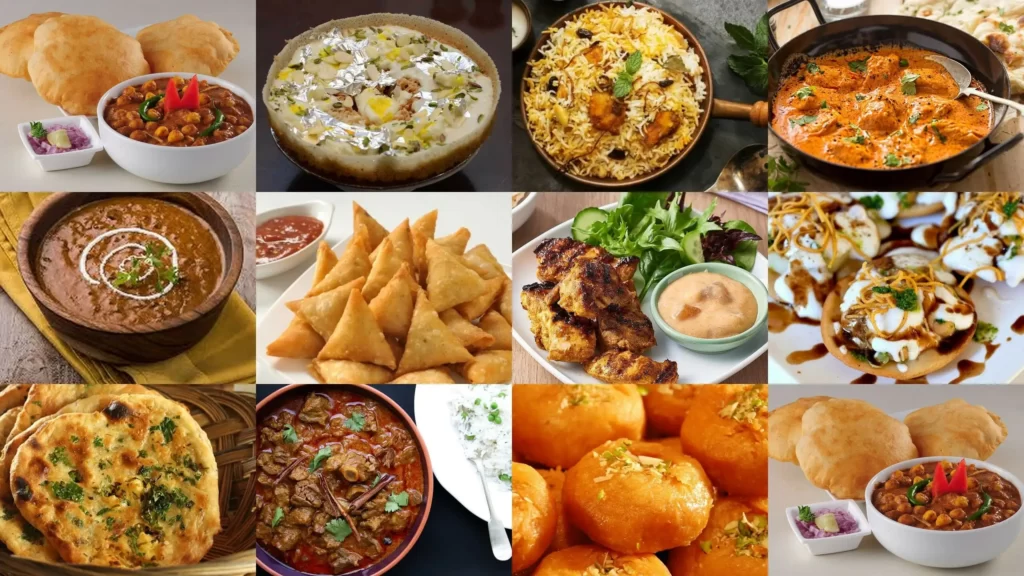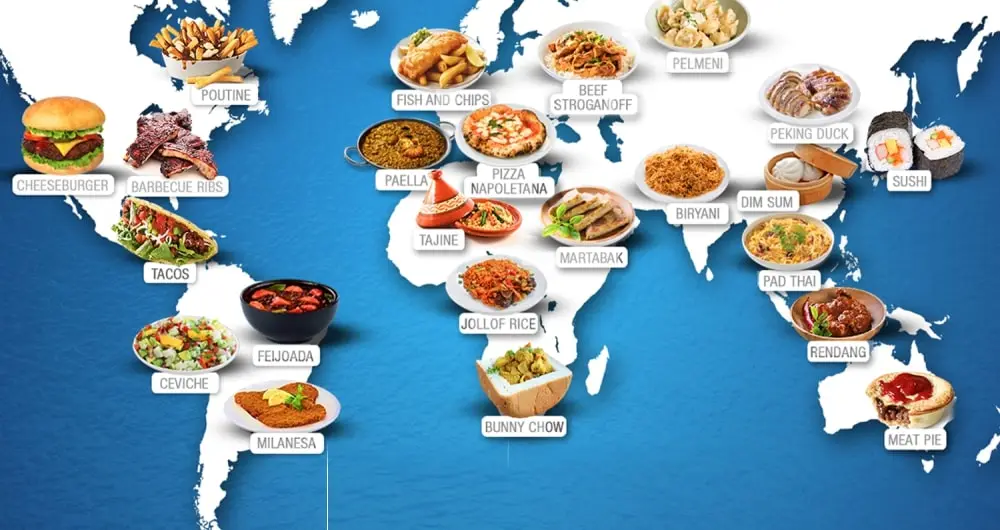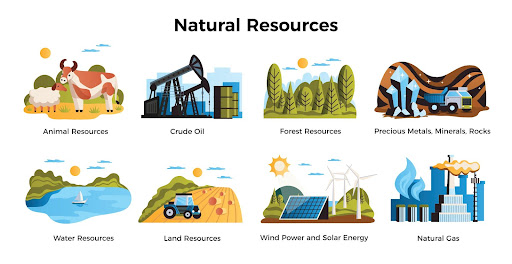India’s Famous Indian Food
Exploring India’s Culinary Delights: A Journey through Famous Indian Food India, known for its rich and diverse cultural heritage, is equally renowned for its culinary traditions. Indian cuisine is a gastronomic symphony of flavors, spices, and regional specialties that have captivated taste buds around the world. In this article, we will take you on a delectable journey through the famous foods of India. The Diversity of Indian Cuisine Indian cuisine is a reflection of the country’s vast diversity, with a multitude of regional flavors, ingredients, and cooking techniques. From the north to the south, and from the east to the west, each region boasts its unique culinary traditions. Let’s delve into some of the most iconic dishes that represent the richness of Indian cuisine. North Indian Delights 1. Biryani: The Aromatic Rice Dish Biryani, a fragrant rice dish cooked with aromatic spices and choice cuts of meat or vegetables, is a North Indian specialty. Hyderabadi Biryani and Lucknawi Biryani are among the most popular variations of this dish. 2. Butter Chicken: A Creamy Delight Butter Chicken, a creamy tomato-based curry with tender pieces of chicken, is a staple in North Indian cuisine. It’s often accompanied by naan or roti for a satisfying meal. 3. Tandoori Cuisine: The Art of Grilling The tandoor, a traditional clay oven, is used to cook a range of dishes like Tandoori Chicken, Paneer Tikka, and Naan bread. Tandoori cooking is a quintessential North Indian culinary technique. South Indian Sensations 1. Dosa: South India’s Gift to the World Dosa, a thin, crispy pancake made from fermented rice and lentil batter, is a South Indian breakfast favorite. It’s often served with coconut chutney and a variety of fillings. 2. Idli and Sambar: A Nutritious Duo Idli, steamed rice cakes, and Sambar, a spicy lentil-based soup, are a staple breakfast in South India. This healthy and flavorful combo is loved by people across the country. 3. Hyderabadi Biryani: South India’s Signature Dish Hyderabadi Biryani is a fragrant rice dish, similar to the North Indian version but with its unique spicy and tangy twist. It’s often served with raita. Eastern Exquisite Flavors 1. Bengali Sweets: A Sweet Symphony Bengali sweets like Rasgulla, Sandesh, and Mishti Doi are famous for their delicate flavors and are an integral part of Eastern Indian cuisine. 2. Litti Chokha: A Rustic Delight Litti Chokha, a traditional dish from Bihar, consists of wheat flour balls (litti) served with mashed vegetables (chokha). It’s a rustic, hearty, and flavorful dish. 3. Dhokla: The Gujarati Steamed Snack Dhokla, a spongy and savory steamed cake made from fermented rice and chickpea flour, is a popular snack from Gujarat. It’s typically served with chutney and a tempering of mustard seeds. Western Wonders 1. Vada Pav: Mumbai’s Street Food Gem Vada Pav is often referred to as the Indian burger. It consists of a spiced potato fritter in a bun and is a beloved street food in Mumbai. 2. Seafood Extravaganza in Goa Goa, known for its stunning beaches, is also famous for its seafood delicacies. Dishes like Goan Fish Curry and Vindaloo are packed with coastal flavors. 3. Kathi Roll: A Kolkata Innovation Kathi Rolls, originated in Kolkata, are made with parathas wrapped around a filling of spiced meat or vegetables. They are a popular street food snack. The Role of Spices Indian cuisine is renowned for its use of a wide array of spices. Each spice lends its unique flavor and aroma to the dishes. Common spices in Indian cuisine include cumin, coriander, cardamom, cloves, turmeric, and chili, among others. The art of blending these spices is what creates the magic in Indian cooking. Vegetarian and Vegan Delights India is a paradise for vegetarians and vegans. A significant portion of the population follows vegetarian or vegan diets, leading to an incredible variety of meatless dishes. Dishes like Paneer Tikka, Aloo Gobi, and Chana Masala are some of the many vegetarian and vegan options that will leave you craving for more. The Significance of Street Food Street food in India is a cultural phenomenon. From spicy chaats to sweet jalebis, the streets are lined with vendors serving delicious, affordable, and convenient snacks. Street food is a fantastic way to explore local flavors and culinary creativity. The Sweet Side of India Indian desserts are a league of their own, known for their exquisite taste and variety. Sweets like Gulab Jamun, Jalebi, and Ras Malai are popular throughout the country and are a must-try for anyone with a sweet tooth. Food and Festivals Food plays a significant role in Indian festivals and celebrations. Diwali, Holi, Eid, Christmas, and various regional festivals are marked by special dishes and sweets prepared with love and devotion. The Global Influence Indian cuisine has traveled the world and has been embraced with open arms. Restaurants serving Indian food can be found on nearly every continent, and dishes like Chicken Tikka Masala and Naan have become international favorites. Conclusion Indian cuisine is a treasure trove of flavors, spices, and traditions that have been passed down through generations. From the bustling streets of Mumbai to the tranquil villages of Kerala, the food of India is as diverse and rich as the country itself. Whether you’re a fan of fiery curries or sweet desserts, India’s culinary delights offer something for everyone. So, embark on a gastronomic journey through the diverse and famous foods of India, and savor the tastes and aromas that have enchanted food enthusiasts worldwide. India’s Famous Indian Food
India’s Famous Indian Food Read More »










